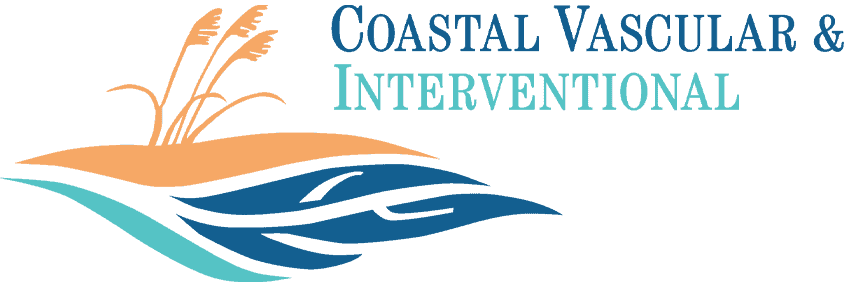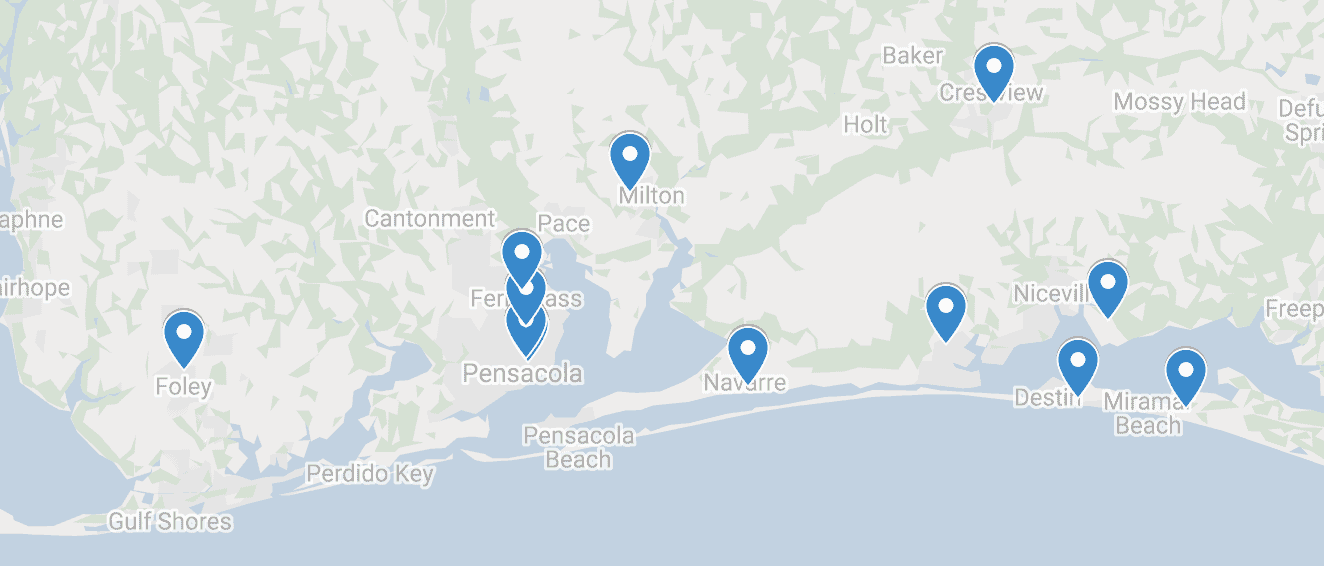What You Need to Know About Different Vascular Diseases
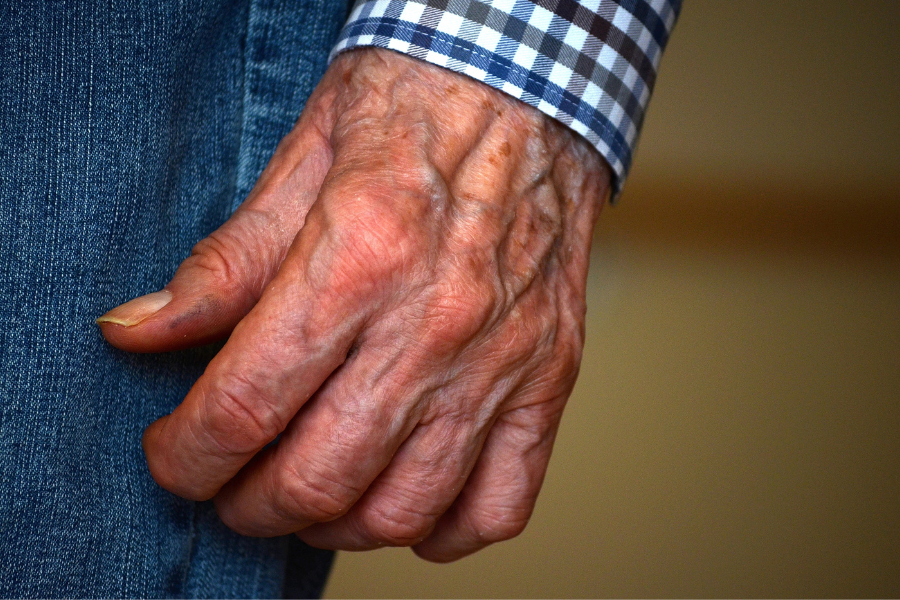
Vascular diseases affect a significant number of people each year, often leading to serious complications. The American Heart Association reports that approximately 8.5 million Americans over the age of 18 are affected by peripheral artery disease (PAD), a common vascular disease. When blood flow is compromised in the body, it can have far-reaching consequences. Vascular diseases contribute to a substantial number of deaths globally every year. Understanding what vascular diseases are and how they impact our health is important.
These questions are crucial, as vascular diseases can result in considerable health problems. At Coastal Vascular & Interventional, we strive to address some of the most frequently asked questions about vascular diseases and provide information on how we can assist you in achieving improved vascular health.
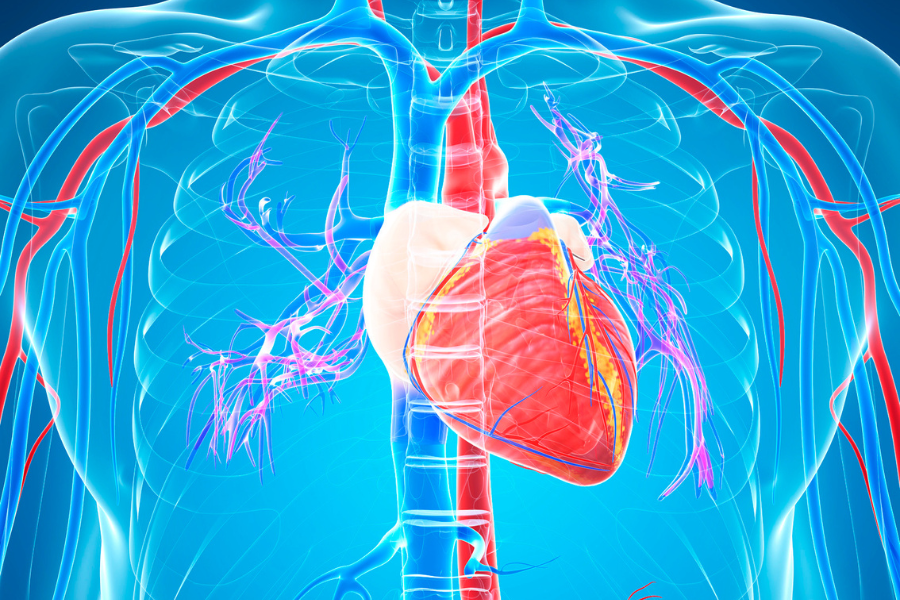
What is Vascular Disease?
Vascular disease is a condition that affects the intricate network of blood vessels in the human body. This network, also known as the vascular or circulatory system, gets its name from the Latin term for “hollow container.” If we stretch out all the blood vessels in the body, they could encircle the Earth several times.
The arteries in this network carry oxygen-rich blood away from the heart while the veins return oxygen-depleted blood to the heart. A parallel system of lymphatic vessels and nodes cleanses the body of damaged cells and defends against infections and cancer. These vessels collect fluid from tissues throughout the body, draining back into the veins beneath the collarbones.
Vascular diseases can take different forms, affecting arteries, veins, and lymphatic vessels, subsequently impacting blood flow. These diseases may lead to ischemia, a condition where tissues receive inadequate blood supply, along with other severe and potentially life-threatening complications.
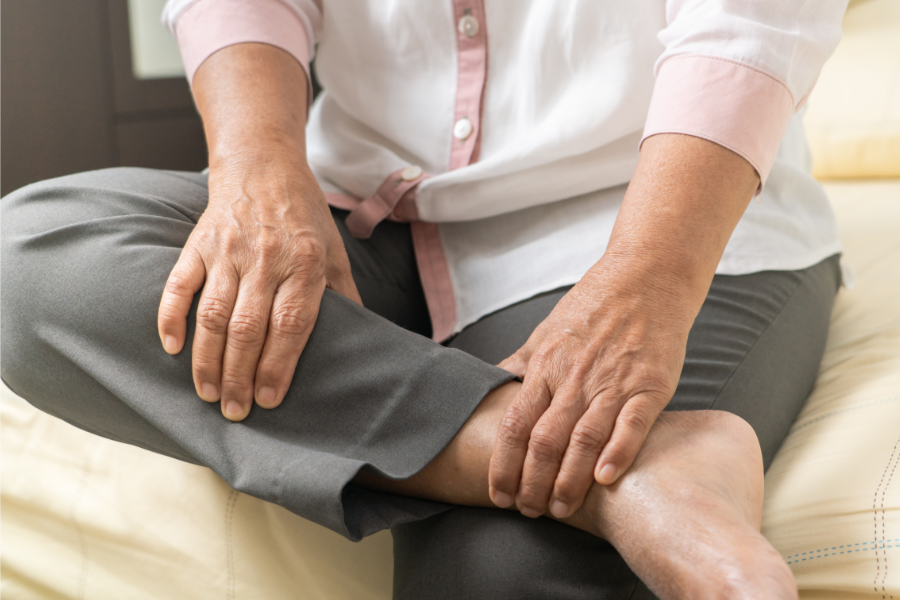
Types of Vascular Disease
Various vascular diseases impact the arteries or the veins, sometimes affecting specific body regions.
Peripheral artery disease (PAD)
Peripheral Artery Disease (PAD) is a medical condition that affects arteries outside the heart, similar to coronary arteries. It results from atherosclerosis, which causes plaque buildup, artery narrowing, and reduced blood flow, all of which can result in ischemia.
There are several types of PAD, including peripheral artery disease, which primarily affects the legs and causes pain or cramps during physical activity, as well as skin changes, ulcers, and leg fatigue.
Other types of PAD Include:
- Ischemic Syndrome: This happens when blood flow to the gut is cut off, causing severe abdominal pain.
- Renal Artery Disease: This is linked to kidney failure and can show up as high blood pressure that can not be controlled and kidneys that do not work right.
- Popliteal Entrapment Syndrome occurs when athletes’ popliteal arteries get squished and can lead to leg cramps, numbness, and color changes.
- Raynaud’s Phenomenon: This can be caused by cold or stress and can cause spasms and changes in color.
Carotid artery issues
These conditions occur within the two primary carotid arteries located in your neck:
- Carotid Artery Disease: Carotid artery disease is a condition that involves a blockage or narrowing in the arteries that supply blood to your brain. This can lead to a transient ischemic attack (TIA) or stroke. Typically, this disease does not exhibit noticeable symptoms until the patient experiences a stroke or TIA, also known as a mini-stroke. Symptoms of these events may include impairment of vision or speech, confusion, and memory difficulties.
- Carotid Artery Dissection: Carotid artery dissection starts with a tear in one layer of the artery wall, which causes blood to leak and spread between the layers of the wall. This condition may cause headaches, neck pain, or eye or face discomfort.
- Carotid Body Tumors: Carotid body tumors are growths that develop near the carotid artery and may cause palpitations, high blood pressure, sweating, and headaches.
- Carotid Artery Aneurysm refers to a bulge in the artery wall, which weakens it and can lead to rupture. The symptoms of a carotid artery aneurysm can mimic those of a stroke or transient ischemic attack (TIA).
Venous disease
Veins are equipped with one-way valves that help facilitate blood flow in one direction. However, when these valves get damaged, blood can flow in both directions, leading to pooling and swelling in the veins. This can result in the development of conditions such as varicose veins or spider veins. Other conditions arising from damaged vein valves include Klippel-Trenaunay syndrome (KTS), May-Thurner syndrome (MTS), thoracic outlet syndrome (TOS), and chronic venous insufficiency (CVI).
Visible blue or red veins in the legs signify varicose and spider veins, which frequently cause pain and swelling. Klippel-Trenaunay syndrome (KTS) manifests as leg or arm pain or heaviness. May-Thurner syndrome (MTS) presents with leg swelling, tenderness, and red or discolored skin. Along with tingling and numbness in the arm or hand, thoracic outlet syndrome (TOS) is characterized by neck, arm, and shoulder pain. Chronic venous insufficiency (CVI) may cause leg cramps, heaviness, achiness, swelling, or pain.
Blood clots
A blood clot within a muscle’s vein, often occurring in the lower leg, thigh, or pelvis, is termed deep vein thrombosis (DVT). Should this clot dislodge and travel to the lungs, it will transform into a pulmonary embolism (PE). Medically, these venous clots are referred to as venous thromboembolism (VTE).
Various factors contribute to their occurrence, such as conditions that impede blood flow or thicken blood, damaged vein valves, injuries, infections, genetic disorders that promote clotting, hormonal influences like estrogen from pregnancy or birth control pills, prolonged immobility, and specific surgical procedures, particularly those involving the hips or legs. Complications like damaged vein valves or chronic DVT can lead to persistent blood pooling and leg swelling, known as chronic venous insufficiency, potentially resulting in tissue breakdown and skin erosion over time.
Also, some illnesses make people more likely to form clots because of genetics or acquired conditions. This can lead to problems like increased substances that form clots, insufficient anticoagulant proteins, problems breaking down fibrin, or damage to the endothelium.
Aortic aneurysm
An aneurysm is a bulge in the wall of a blood vessel, commonly observed in the aorta, the main artery originating from the heart. Aortic aneurysms can appear in the chest (thoracic) or abdomen (abdominal). Although small aneurysms are usually less risky, they can cause potential complications such as plaque buildup and blood clot formation, which can lead to embolism or compression of adjacent organs, resulting in discomfort. Due to the weakened artery wall in the area of an aneurysm, there is a risk of rupture, similar to a balloon bursting under pressure. In the case of an aortic aneurysm rupture, it can be fatal.
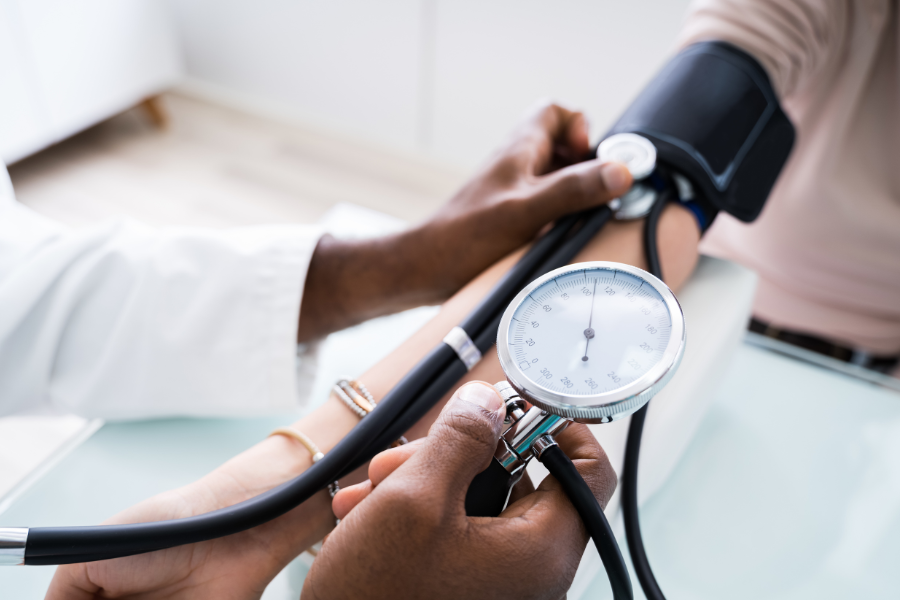
Fibromuscular dysplasia (FMD)
Fibromuscular dysplasia (FMD) is a rare condition characterized by abnormal cellular growth within the walls of medium and large arteries. This growth can result in a beaded appearance of the affected arteries and lead to narrowing. Complications may include aneurysms and dissection. Symptoms of FMD may encompass neck pain, vision changes, hypertension, dizziness, and auditory sensations such as a “whooshing” sound or hearing one’s heartbeat in the ears.
Lymphedema
The lymphatic system, comprising lymph vessels and nodes, is responsible for immune function by defending the body against foreign substances. Lymphedema occurs when fluid accumulation is abnormal due to missing, impaired, damaged, or removed lymph vessels or nodes. Primary lymphedema is rare and often congenital, while secondary lymphedema arises from factors like infection, malignancy, surgery, trauma, or radiation. It typically manifests as swelling, commonly affecting the arms or legs.
Vasculitis
Inflammation of blood vessels can occur due to medication, infection, or unknown factors and impede blood flow. Often linked to rheumatological conditions or connective tissue diseases, vasculitis may also lead to aneurysm formation. Symptoms include malaise, fever, and swelling.

What Causes Vascular Disease?
The causes of specific vascular issues remain unidentified. Contributing factors to vascular disease encompass:
- Elevated cholesterol levels.
- Hypertension.
- Tobacco use or smoking.
- Diabetes.
- Genetic predisposition.
- Medication effects.
- Trauma.
- Infection.
- Blood clot formation.
Should You See a Vascular Doctor?
Whether you’re dealing with peripheral artery disease, carotid artery issues, or other vascular conditions, Coastal Vascular & Interventional is here to help. If you’re experiencing symptoms of vascular disease or have concerns about your vascular health, don’t hesitate to schedule an appointment today and take the first step towards better vascular health with Coastal Vascular & Interventional.

